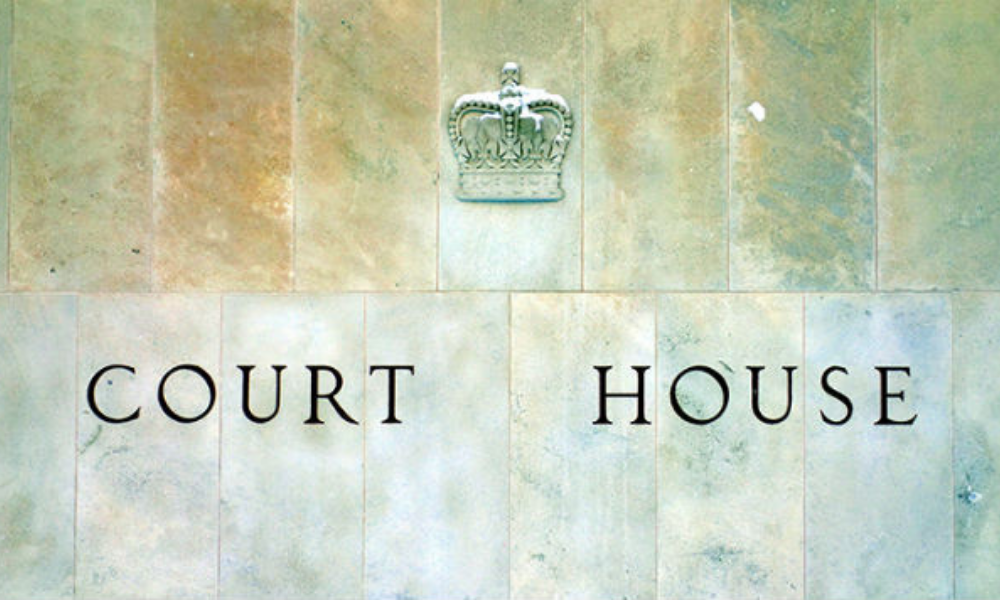Naming correct employer essential step in bringing civil claim in court


When bringing a claim against an employer, employees can sometimes struggle with answering a question that may seem obvious: “Who is my employer?”
Civil claims in Ontario require naming a legal entity as the defendant, which is sometimes different from the trade name of the employer. For instance, an employee that works for “McDonald’s” may actually be employed by “McDonald's Restaurants of Canada, Limited” or by a different company that operates as a McDonald’s franchisee.
Naming the correct employer is an essential step in bringing a civil claim against it in the courts. Therefore, as a first step before bringing a claim, an employee should review their documents to try to determine the proper name of the entity that employs them, in order to avoid unnecessary complications or delays.
Ideally, this answer can be easily found in the employment contract, on a T4, or on a pay stub. But the answer isn’t always so simple. In some cases, an employment contract could use a trade name for the employer rather than the name of a legal entity. Salary might be paid by a numbered company that is owned by the operators of the employer. Some employers might organize their business in a way that “on paper”, it is a shell company that has no assets.
Therefore, it is important to consider some of the principles of naming the correct legal entity as the defendant.
Common employer: The doctrine of common employer recognizes that an employee may simultaneously have more than one employer. In Downtown Eatery (1993) Ltd. v. Ontario, 2001 CanLII 8538 (ON CA), the Ontario Court of Appeal considered a wrongful dismissal case brought by a former employee of a nightclub. Although the employee received his salary from only one company, “there was a highly integrated or seamless group of companies which together operated all aspects of the [nightclub]”. The court concluded that all of these companies together formed the employee’s “true employer”, and were all liable for an award of wrongful dismissal damages, not just the company that paid the employee’s wages.
Based on the circumstances of your case, it may be worth considering naming more than one related corporation as defendants in your claim, if it can be established that “there was an intention to create an employer/employee relationship between the employee and those related corporations.”
Partnerships: In some cases, an employee may be employed by a partnership. In most partnerships, every partner is jointly liable for the debts obligations of the partnership. Unlike a corporation, a partnership is not a legal entity, and under common law, a partnership does not have the capacity to sue or be sued.
However, rule 8.01(1) of the Rules of Civil Procedure provides that a proceeding may be commenced against all of the partners of a partnership by naming the partnership as a defendant. The rules further provide a mechanism for enforcing a judgment against the individual partners personally.
Therefore, if an employee is employed by a partnership, in Ontario it is possible to name a partnership as a defendant in their civil claim.
Misnomers: It is important to note that even when the wrong entity is named as a defendant, that is not necessarily fatal to the claim. The doctrine of misnomer provides that the court may correct the name of a party to a proceeding where it was misnamed or misdescribed. This doctrine has been used to substitute one corporate entity for another, and to substitute an individual for a corporation.
Critically, Section 21(2) of the Limitations Act, 2002 provides that the court may correct a misnamed or misdescribed party, even after the limitation period in respect to the claim against that party has expired.
In conclusion, there are many factors to consider when bringing a claim against an employer. Naming the correct party as the defendant is one issue that may be more complicated than it seems. However, if an employee misnames or misdescribes a party, they may be able to correct that mistake at a later stage in the proceeding.
Alex Minkin is an associate lawyer at Rudner Law in Toronto.




